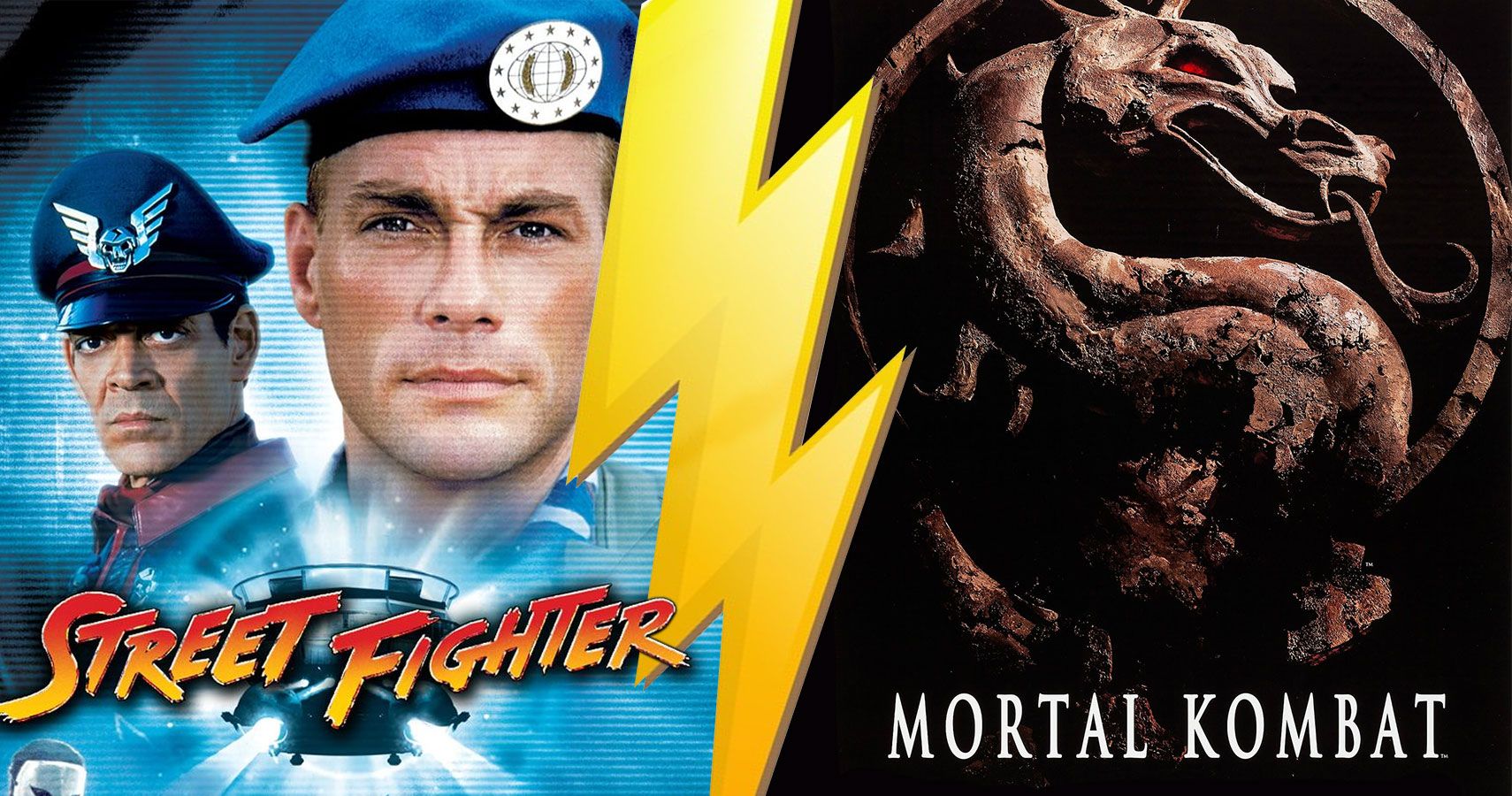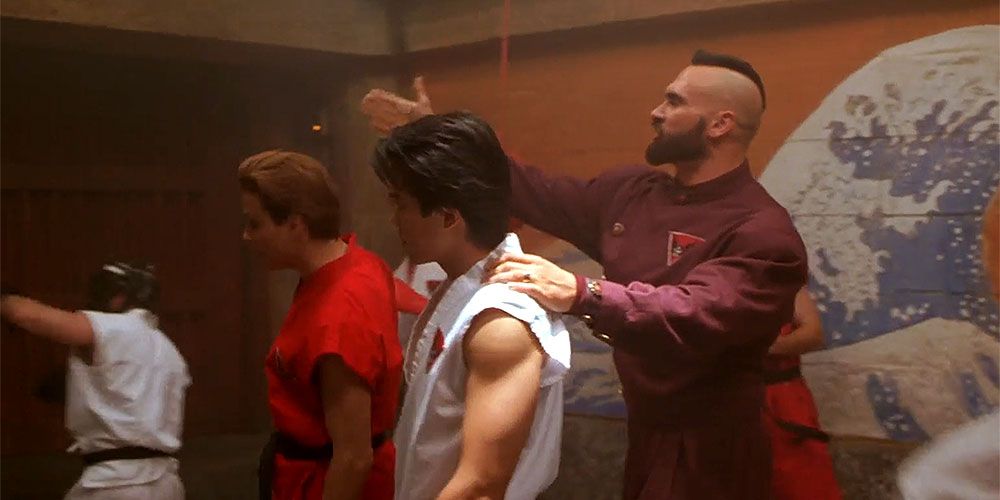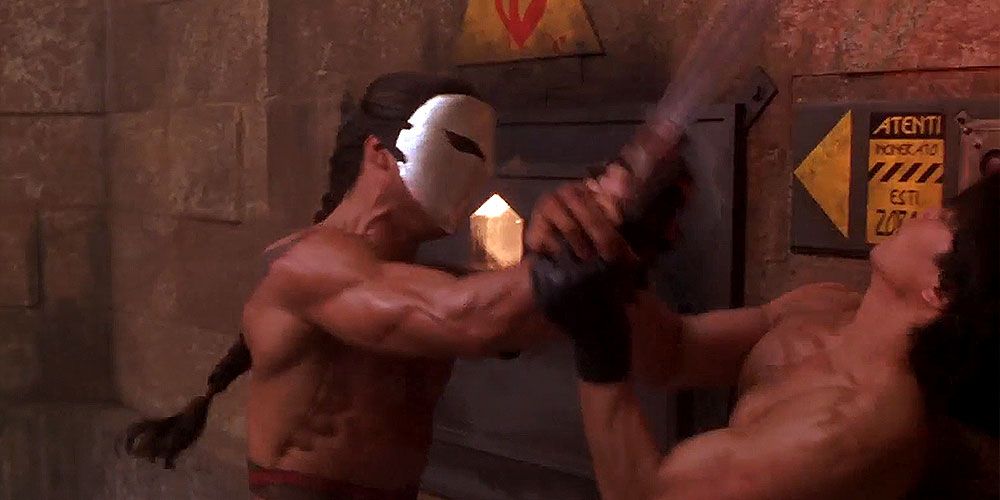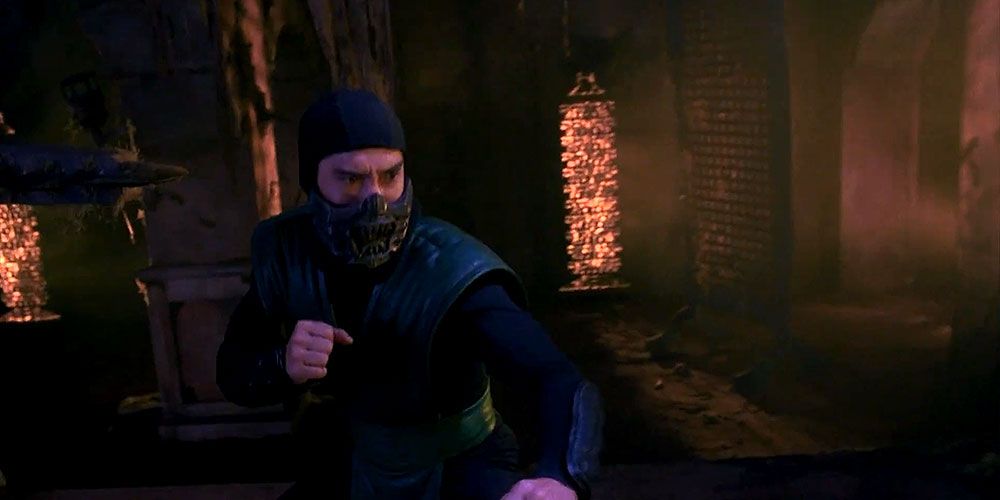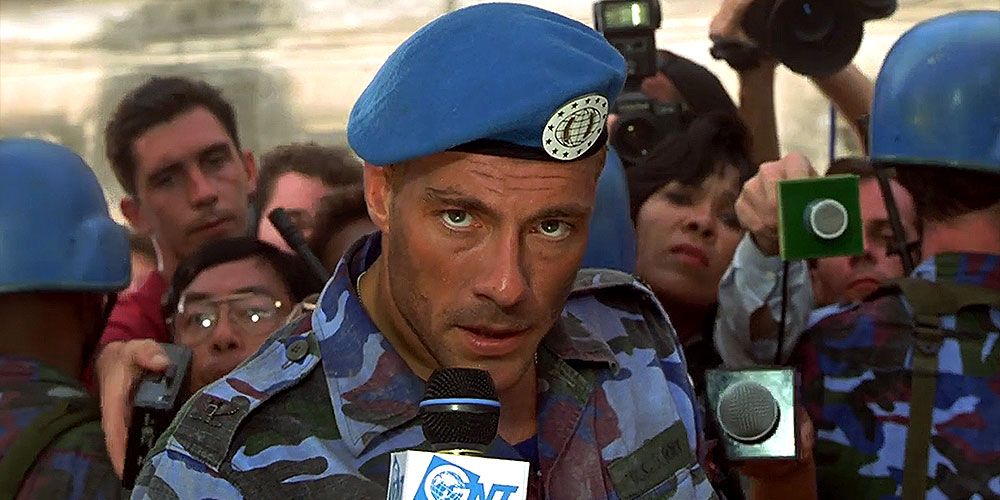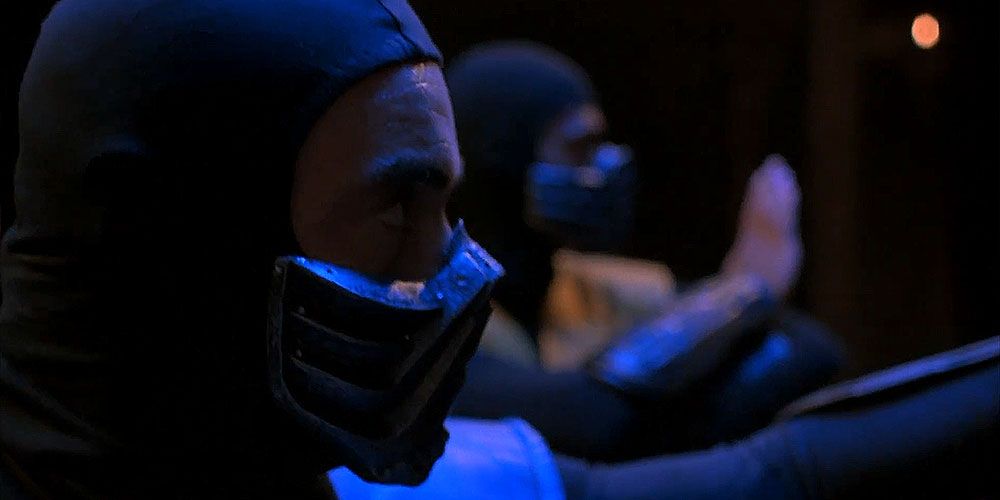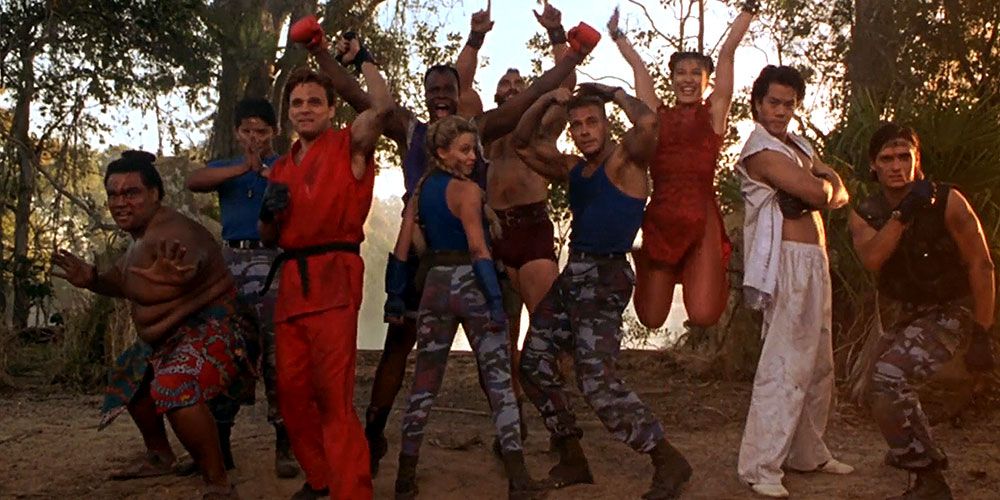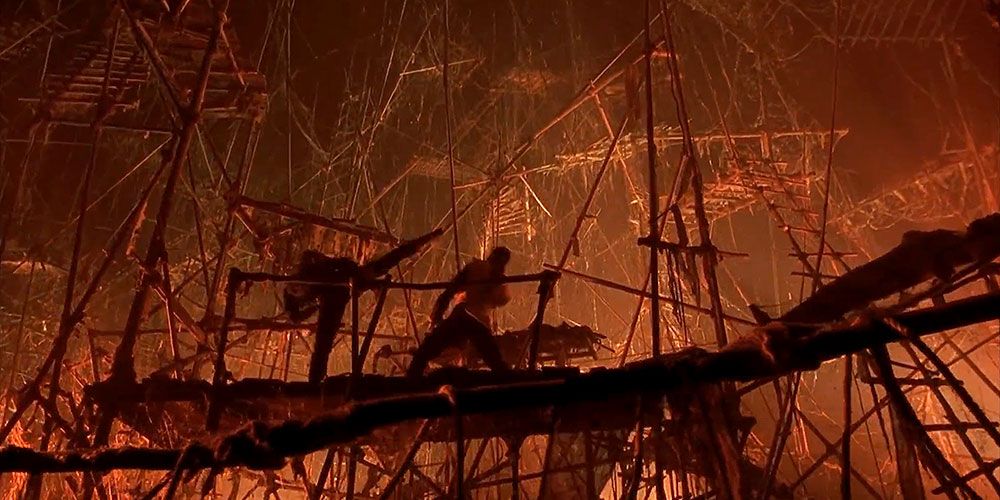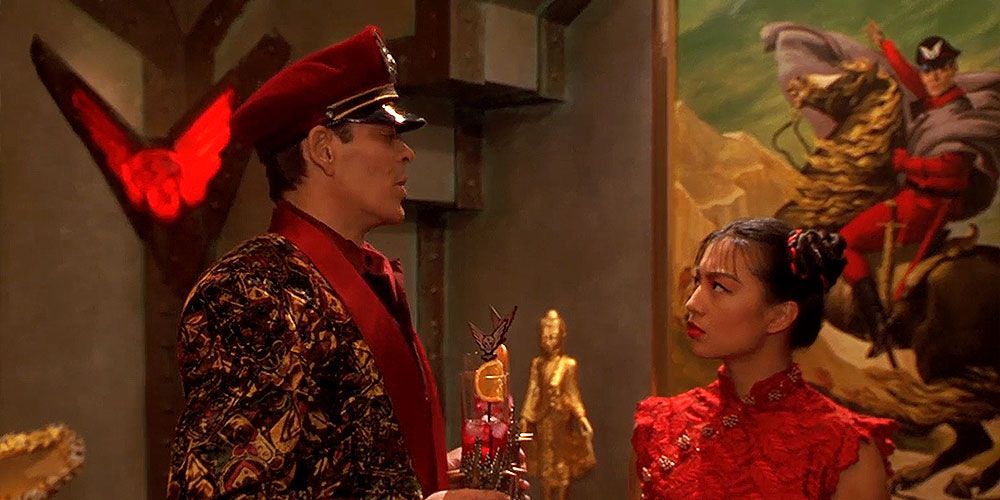Both Street Fighter and Mortal Kombat took arcades by storm in the 1990s, and the Hollywood machine was quick to take notice (as they're inclined to do). 1994 and '95 saw the release of a Street Fighter and Mortal Kombat movie, in an attempt to capitalize on the impact both had on pop culture.
Neither film has aged particularly well, driven largely by camp and action movie hyperbole, but there's something charming that keeps us coming back for more! It's time to look at 5 reasons why Street Fighter was the best video game movie of the 1990s, and 5 reasons why it's Mortal Kombat. Winner takes all!
STREET FIGHTER WAS FUNNY
It's safe to assume that the makers of Street Fighter realized the absurdity of trying to adapt the video game storyline for the silver screen, which is why there's so much comedy at play. From a summer movie blockbuster perspective, it made perfect sense. The film never takes itself too seriously, and relies heavily on caricatures to make audiences laugh in between all the flying fists.
Zangief is an empty-headed brute who thinks he's working for the good guys, Deejay is the world's worst temp worker, and Bison is a totalitarian loon-bag with one hilarious God complex. When Chun-Li confronts Bison about an attack on her village and the death of her father, Bison replies with his classic "It was Tuesday," line, which had audiences in stitches!
MORTAL KOMBAT WAS DARK
By contrast, the Mortal Kombat movie was far darker, and stuck closer to its source material. It did have its fair share of laughs, mostly from wiseguy Johnny Cage, but Mortal Kombat preferred to take the ominous route, right to the end.
Where Street Fighter was more of a light-hearted action/adventure flick, Mortal Kombat took its cues from martial arts classics such as Enter The Dragon, with more at stake. By today's standards the movie seems almost campy, but in 1995, it was badass!
STREET FIGHTER STUCK TO TRADITIONAL CHARACTER DESIGNS
For the most part, Street Fighter faithfully reproduced its video game characters for the big screen, even if some liberties were taken. Kylie Minogue was perfectly cast as Cammy, even if she's working for the wrong side in the film, while Bison, Zangief, Vega, Ken and Ryu are all fairly accurate portrayals of their digital selves.
It's a shame that other characters didn't get the same treatment, like Dhalsim and Deejay, but with so many characters on screen at one given time, it's understandable.
MORTAL KOMBAT FOCUSED ON ITS CHARACTERS
Mortal Kombat incorporated story elements from the first two games in the franchise, with a heavy lean towards the original in terms of overall plot. This meant sticking to the original cast of characters, while sprinkling in a few surprises along the way. Kitana, Jax and Goro made the cut, as did Reptile in his own spectacular one-on-one battle against Liu Kang.
Where Street Fighter shoehorned many characters into background roles, Mortal Kombat elevated its core cast and brought them to the forefront, giving them all a context to work within. This helped sell the story a bit more.
STREET FIGHTER HAD A LEADING SUPERSTAR
Jean-Claude Van Damme was a hot commodity in the 1990s action movie scene, having just come off of Universal Soldier, Hard Target and Timecop. It was a smart move to have him play Guile, even if he wasn't the perfect fit for his digital counterpart. Nevertheless, he was the engine that drove the marketing associated with the film, and the martial arts linchpin needed to sell it to audiences.
Within the film, Van Damme's presence has been somewhat scaled back in order to give everyone ample screen time (no easy feat), which makes his final battle with Bison the most memorable scene of them all. An odd pairing indeed, but a fantastic one!
MORTAL KOMBAT RELIED ON ITS NOTORIETY
The closest thing to an A-list actor in Mortal Kombat was Christopher Lambert, but this wasn't a bad thing. Mortal Kombat did not require a leading Hollywood male or female to sell itself as a hot property. The game's notorious violence had already ruffled more than enough feathers to generate the necessary buzz with its target audience, and they definitely listened.
Mortal Kombat cost $18 million to make, and ended up grossing over $120 million by the time it ran its course. Above all else, this proved how viable a commercial franchise it was really was, even if it led to a disastrous sequel.
STREET FIGHTER WAS AIMED AT YOUNGER AUDIENCES
It's easy to see that Street Fighter was targeted towards a younger demographic, and there isn't a whole lot in the film that makes it unsuitable for family viewing. It's relatively harmless adventure fodder, with a cast of colorful characters and an interesting geographical backdrop to work with.
With such a non-threatening foundation, Street Fighter became a hit with kids. Even actor Raúl Juliá admitted that the reason he took the part of Bison was to star in a film that his own children could enjoy. The violence level was more than tolerable for family audiences - especially those who didn't bat a lash at the gore in Indiana Jones.
MORTAL KOMBAT FOCUSED ON THE FIGHTS
New Line knew that that they would need to court a PG-13 rating in order to maximize how many eyeballs went to see the film in theaters, and that meant toning down the ultra-gore of the Mortal Kombat arcade games. While the dark thematic elements are still in there, the gruesome fatalities would have to go, and that meant putting the focus more on the fight sequences, themselves.
Though a bit hokey by our modern standards, the fight scenes in Mortal Kombat still hold up. They're far more acrobatic and stylized than the ones in Street Fighter, mostly because real martial artists were cast in many of the roles. The fights between Scorpion and Cage, and Liu Kang vs. Reptile are major highlights of the film, proving that you don't need to tear someone's head and spinal column out of their body to generate a thrill.
STREET FIGHTER HAD RAÚL JULIÁ
Thank goodness for small favors! Raúl Juliá's presence in Street Fighter was a stroke of genius which proved that the best actor for a role is not always the most obvious. Like Michael Keaton and Batman before it, Street Fighter went with an actor who embodied the role of everyone's favorite psycho power bad guy, even if they didn't realize it.
Naturally, Raúl Juliá played Bison with camp in mind, and this was fine all by itself. His genuine, honest portrayal of the character was embellished, charismatic and highly entertaining. Juliá stole every scene he was in, and gave Street Fighter a bombastic sense of energy that would have been greatly missed with another actor.
MORTAL KOMBAT HAD CARY HIROYUKI-TAGAWA
In the battle of the bads, Mortal Kombat had its own killer star in the form of Cary Hiroyuki-Tagawa, known best at the time for his performances in Licence to Kill, Nemesis and Rising Sun. As the arch-villain Shang Tsung, Cary played an ultimate baddie that was seriously intimidating, and thoroughly evil.
His character was based on the Mortal Kombat II iteration of Shang Tsung, which was probably a good move. First, it avoided any references to Lo Pan from Big Trouble In Little China (which the original character took inspiration from). Second, it gave Hiroyuki-Tagawa a chance to flex his real martial arts skills on screen against Robin Shou during the film's final act!

